Lemon Thyme Herbs: How To Grow Lemon Thyme Plants
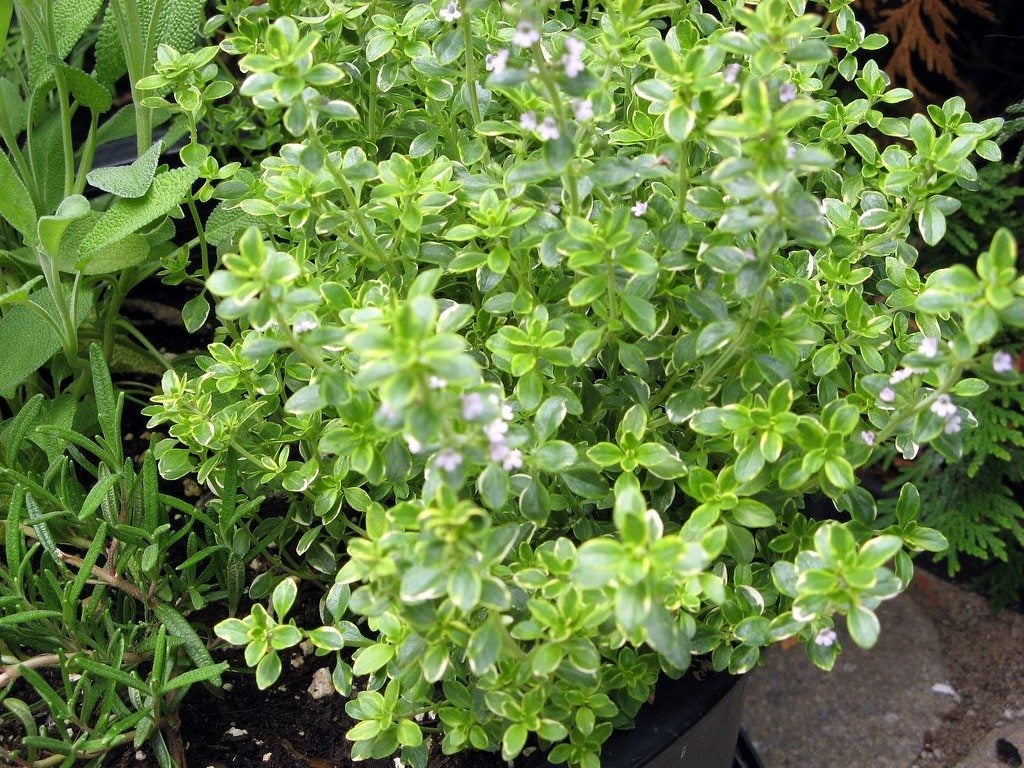
Growing lemon thyme plants (Thymus x citriodus) are a lovely addition to an herb garden, rock garden, border, or as container plants. A popular herb grown not only for its culinary uses but for its attractive foliage, lemon thyme plants can be planted to form a groundcover or among pavers along a path or patio. The tiny flowers are a bee attractor, aiding in the pollination of surrounding plants.
How to Grow Lemon Thyme Plants
Low growing lemon thyme plants appear as an evergreen shrub with small lemon scented foliage. They are an easy plant to grow with endless gastronomic uses in any dish requiring citrus and savory notes. How to grow lemon thyme is pretty straightforward. This little Thymus variety will flourish in USDA plant hardiness zones 5 through 9, remaining an evergreen in zones 8 and 9. Plant lemon thyme plants in the spring in a full sun setting and space them 12 inches (31 cm.) apart. These herbs enjoy well-drained soil and minimal irrigation.
Lemon Thyme Care
Attaining a height of 12 to 15 inches (31-38 cm.), this herb is extremely tolerant of poor soil and drought conditions. It is also resistant to deer and has no major insect or disease issues. So, lemon thyme care is as simple as planting in full sun and avoiding overwatering or sitting in drenched soil, as it is prone to root rot. A hybrid thyme (T.vulgaris x T. pulegioides), lemon thyme is an erect, woody based plant with a spreading habitat and thus, may need to be cut back in order to control the spread or remove unsightly woody stems. Lemon thyme plants will thrive when pruned and can even be trimmed into tiny hedges.
Harvesting Lemon Thyme
The strong lemon aroma of lemon thyme plants is at its apex just before the flowering of its tiny purple blooms. Lemon thyme's flavor is at its peak, just as that of all herbs, in the morning when the essential oils of the plant are most abundant. Therefore, harvesting lemon thyme is best during the early morning hours of the day to reap maximum flavor. That said, any time you trim back or prune lemon thyme is a good time to use these aromatic leaves. The oils of lemon thyme plants also make an excellent mosquito repellent when crushed; useful when outside in the evening puttering in the garden. Lemon thyme is best used fresh. Chop lemon thyme leaves just before use and add at the very end of the cooking process, before they lose flavor and color. Lemon thyme may be added to poultry, seafood, vegetable, marinades, stews, soups, sauces, and stuffing while fresh sprigs of this herb make a lovely garnish. A beautiful varietal, golden lemon thyme adds a nice touch in the garden with its yellow-gold variegated foliage, although it has a less intense lemon scent than its green counterpart.
Gardening tips, videos, info and more delivered right to your inbox!
Sign up for the Gardening Know How newsletter today and receive a free copy of our e-book "How to Grow Delicious Tomatoes".

Amy Grant has been gardening for 30 years and writing for 15. A professional chef and caterer, Amy's area of expertise is culinary gardening.
-
 8 Noteworthy Native Azaleas Every Gardener Should Know – And Grow!
8 Noteworthy Native Azaleas Every Gardener Should Know – And Grow!Native azaleas offer brilliant blooms in a range of colors and sizes. Here are a few favorites to get inspired and start working on a native shade garden!
-
 Growing Climbing Roses: How To Create Elegant Displays With Maximum Blooms
Growing Climbing Roses: How To Create Elegant Displays With Maximum BloomsMaster the art of growing stunning climbing roses with this essential guide to creating vibrant, fragrant walls and structures all summer long.
-
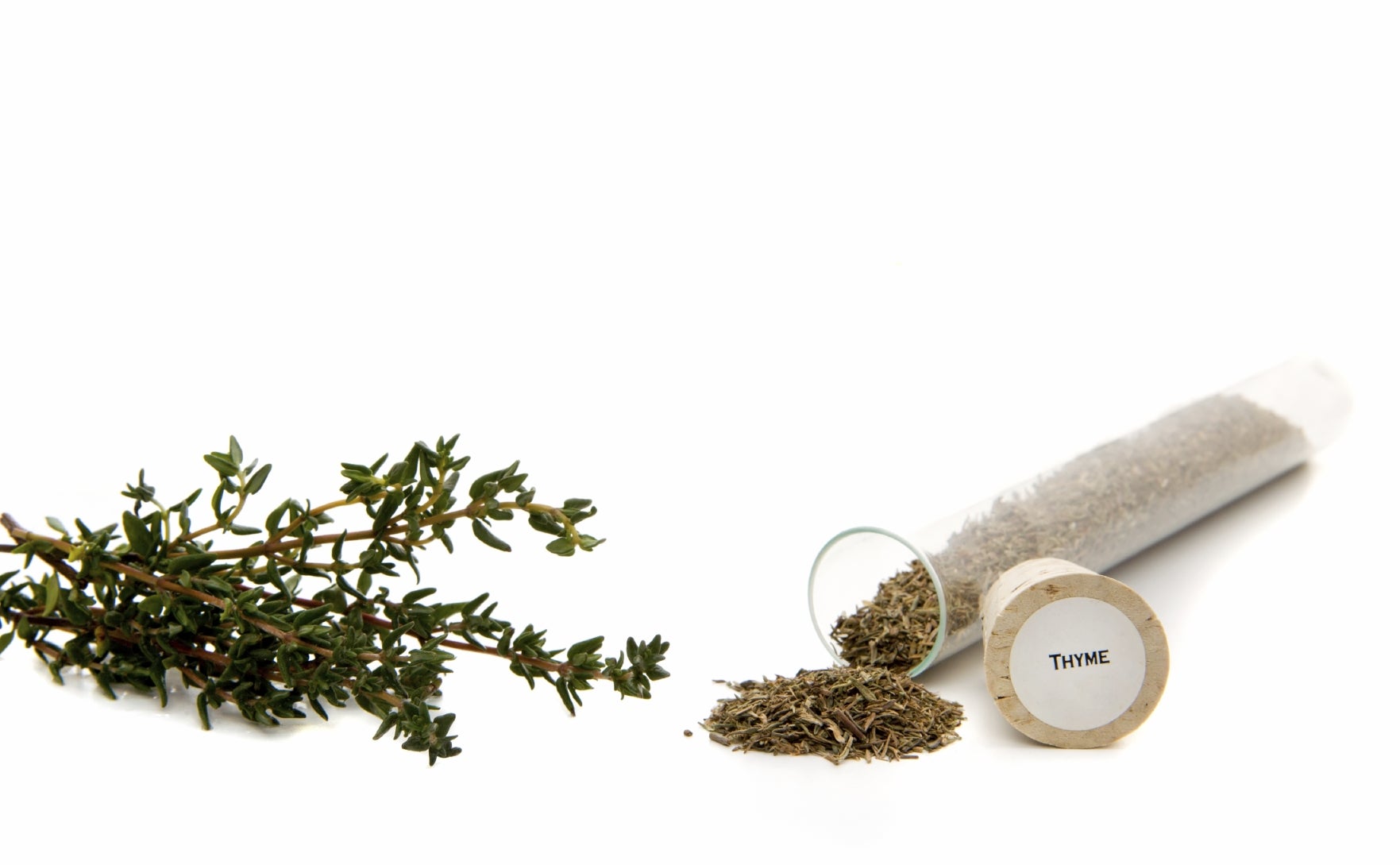 Propagating Thyme Plants: Thyme Seed Planting And Rooting Thyme Plants
Propagating Thyme Plants: Thyme Seed Planting And Rooting Thyme PlantsThyme is an herb steeped in history with a wide range of uses, not the least of which is culinary. With such a plethora of applications, it is a "must have" for the herb garden. So then, how to propagate thyme you ask? Find out here.
-
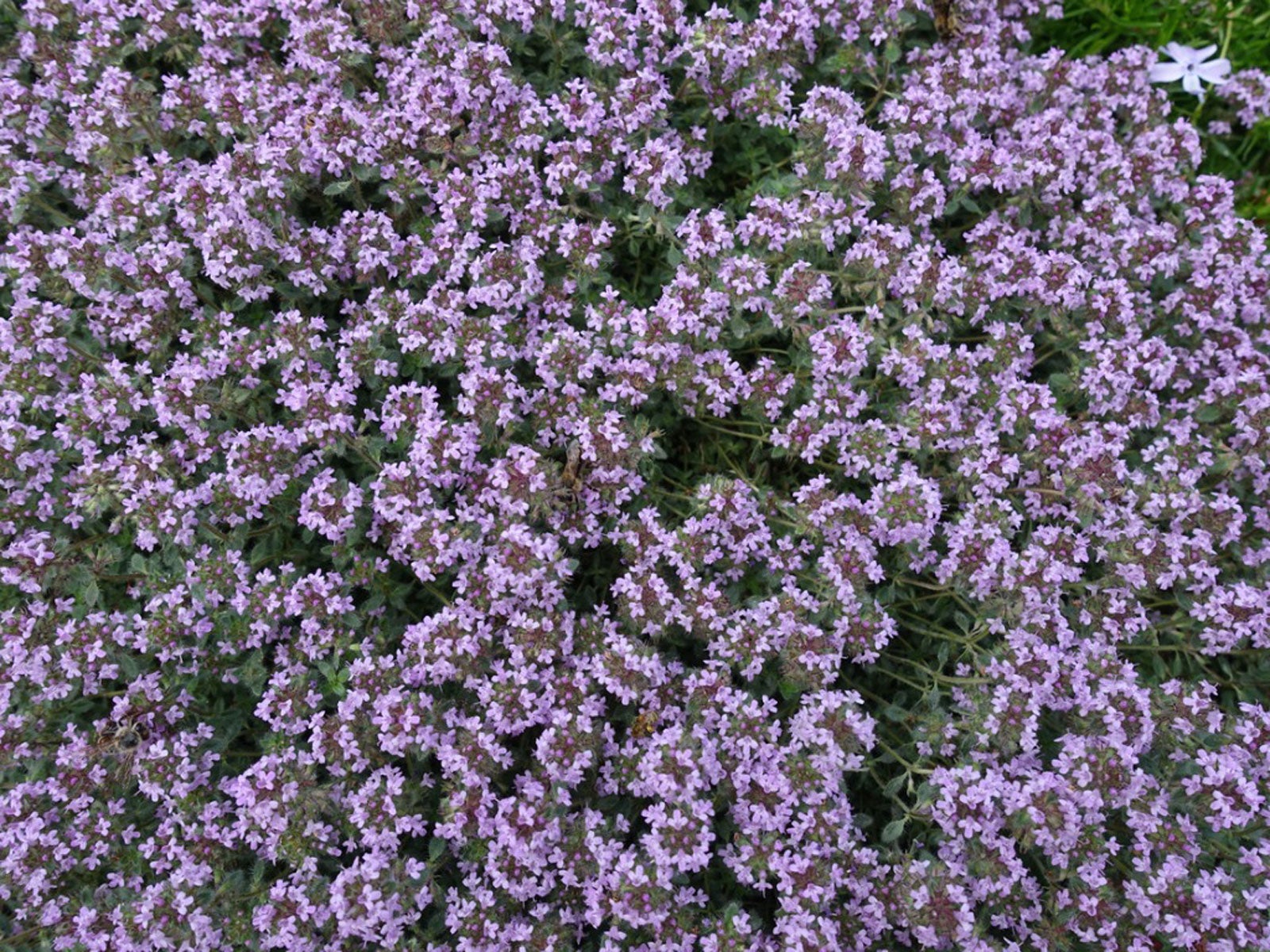 Growing Woolly Thyme: Information On Woolly Thyme Ground Cover
Growing Woolly Thyme: Information On Woolly Thyme Ground CoverThere are plants you just want to touch and woolly thyme plants are just one of them. Growing and caring for this herb plant is easy. Read this article for information on how to grow woolly thyme.
-
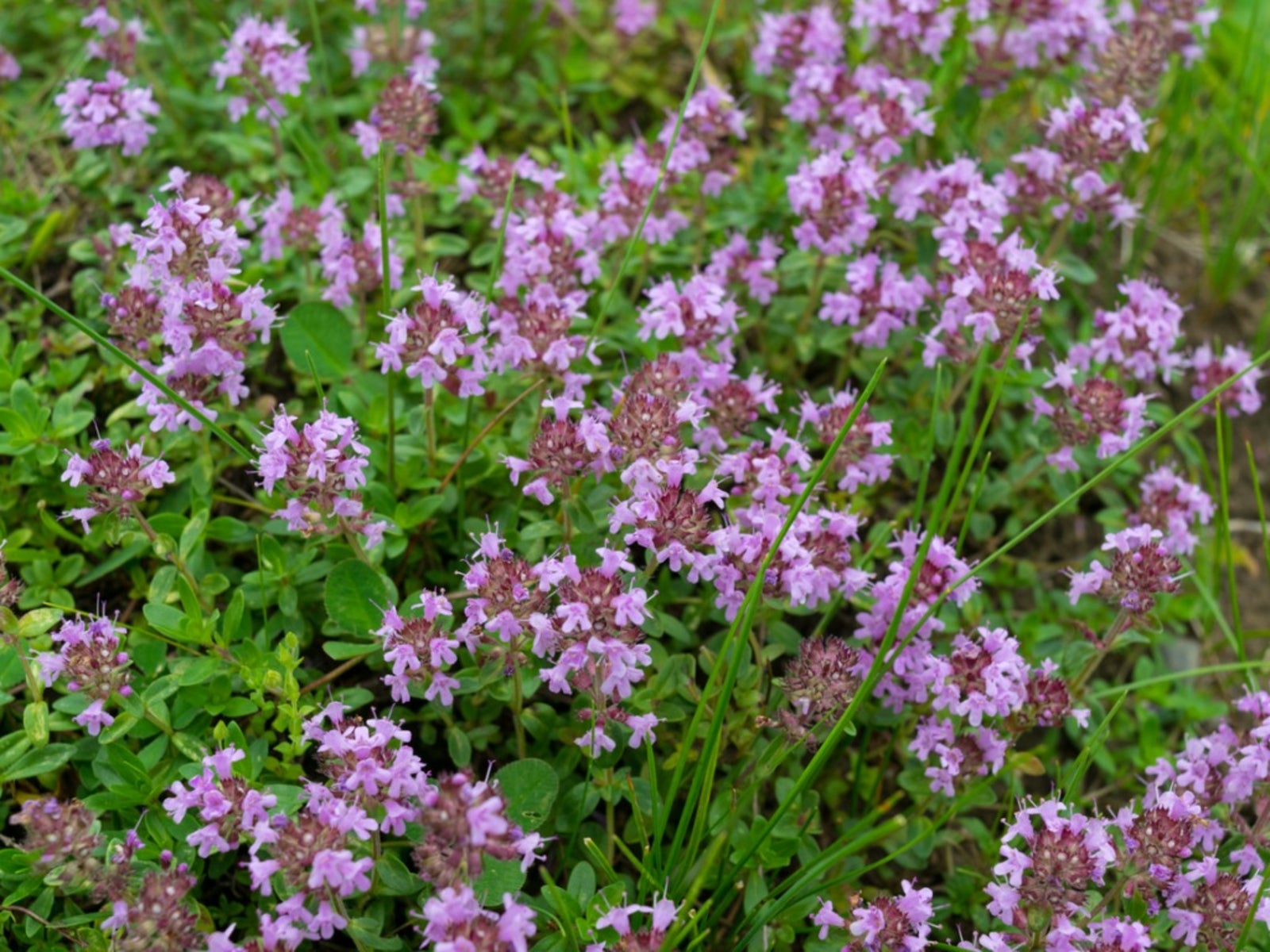 What Is Elfin Thyme: Information On Elfin Creeping Thyme Plant
What Is Elfin Thyme: Information On Elfin Creeping Thyme PlantElfin creeping thyme plant is as cherubic as its name implies with small glossy, green aromatic leaves and teeny weensy purple or pink blossoms. Read here for information on elfin thyme care.
-
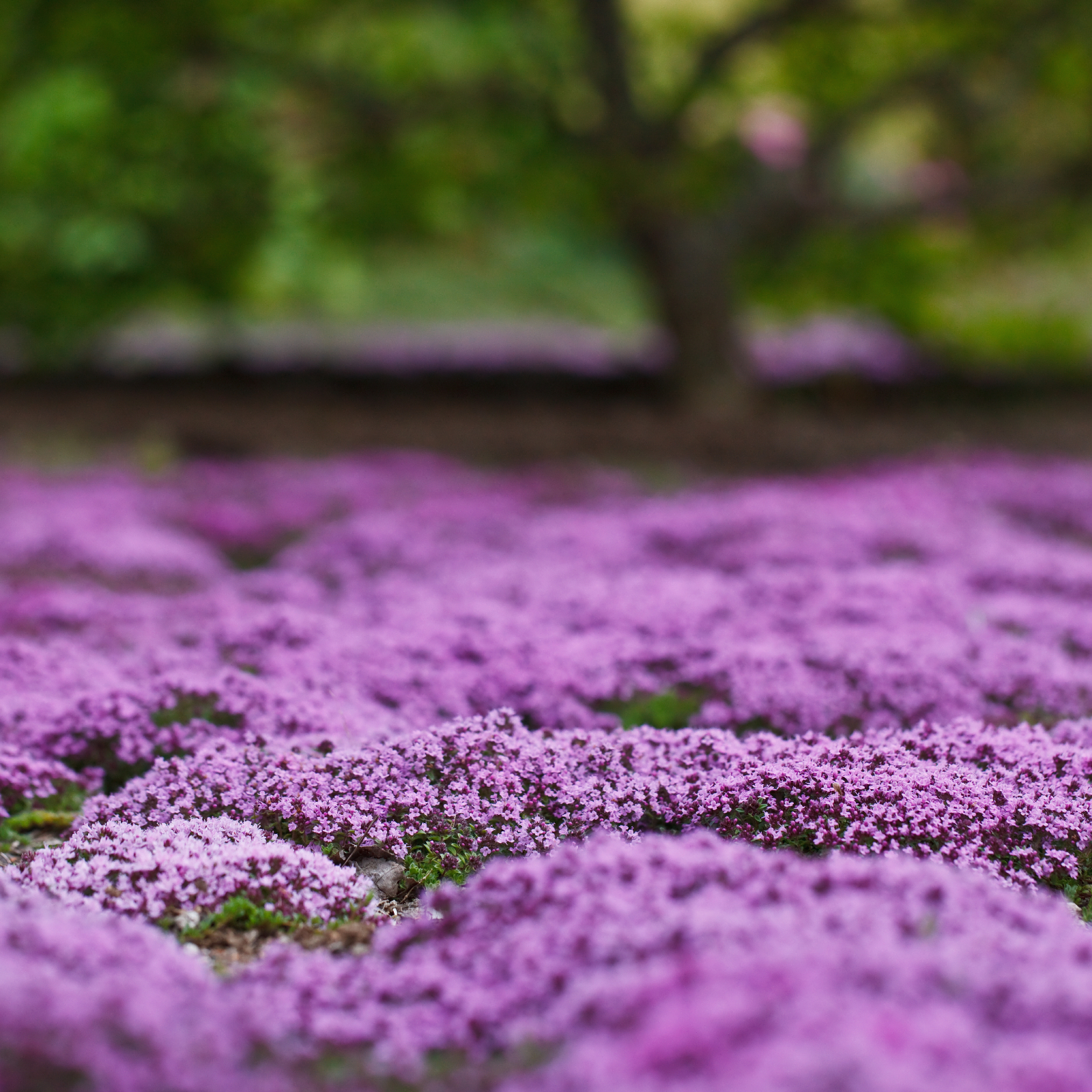 Creeping Thyme Growing Guide – Everything You Need To Know
Creeping Thyme Growing Guide – Everything You Need To KnowCreeping thyme makes a pretty and fragrant ground cover carpet, as well as a great spiller in pots. It likes a little grit in the soil and is easy to grow.
-
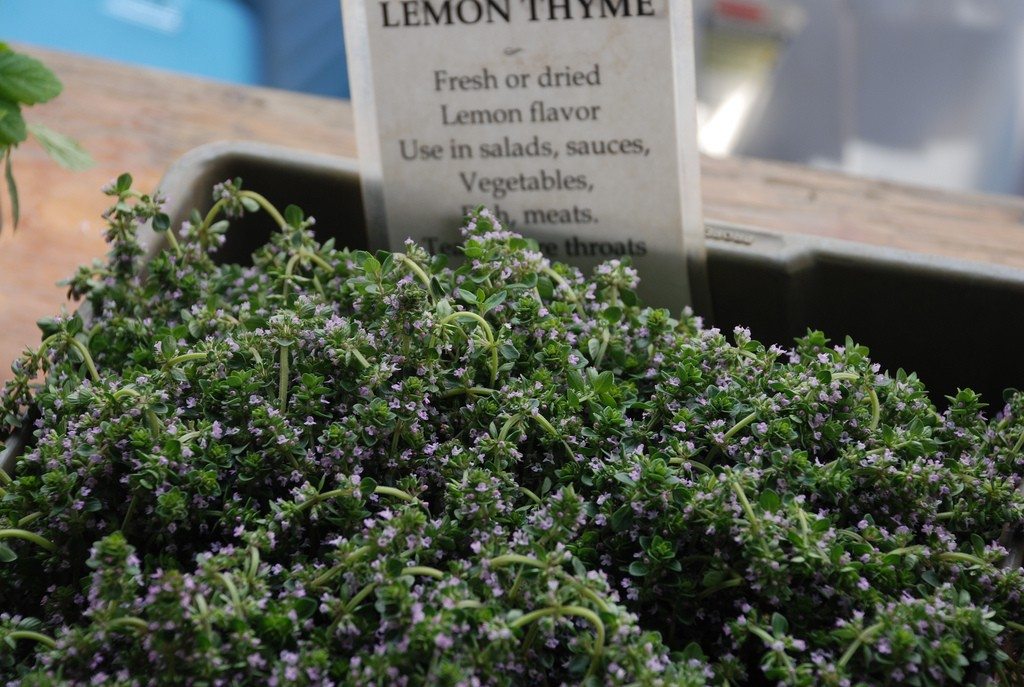 Types Of Thyme Plants: Varieties Of Thyme For The Garden
Types Of Thyme Plants: Varieties Of Thyme For The Garden -
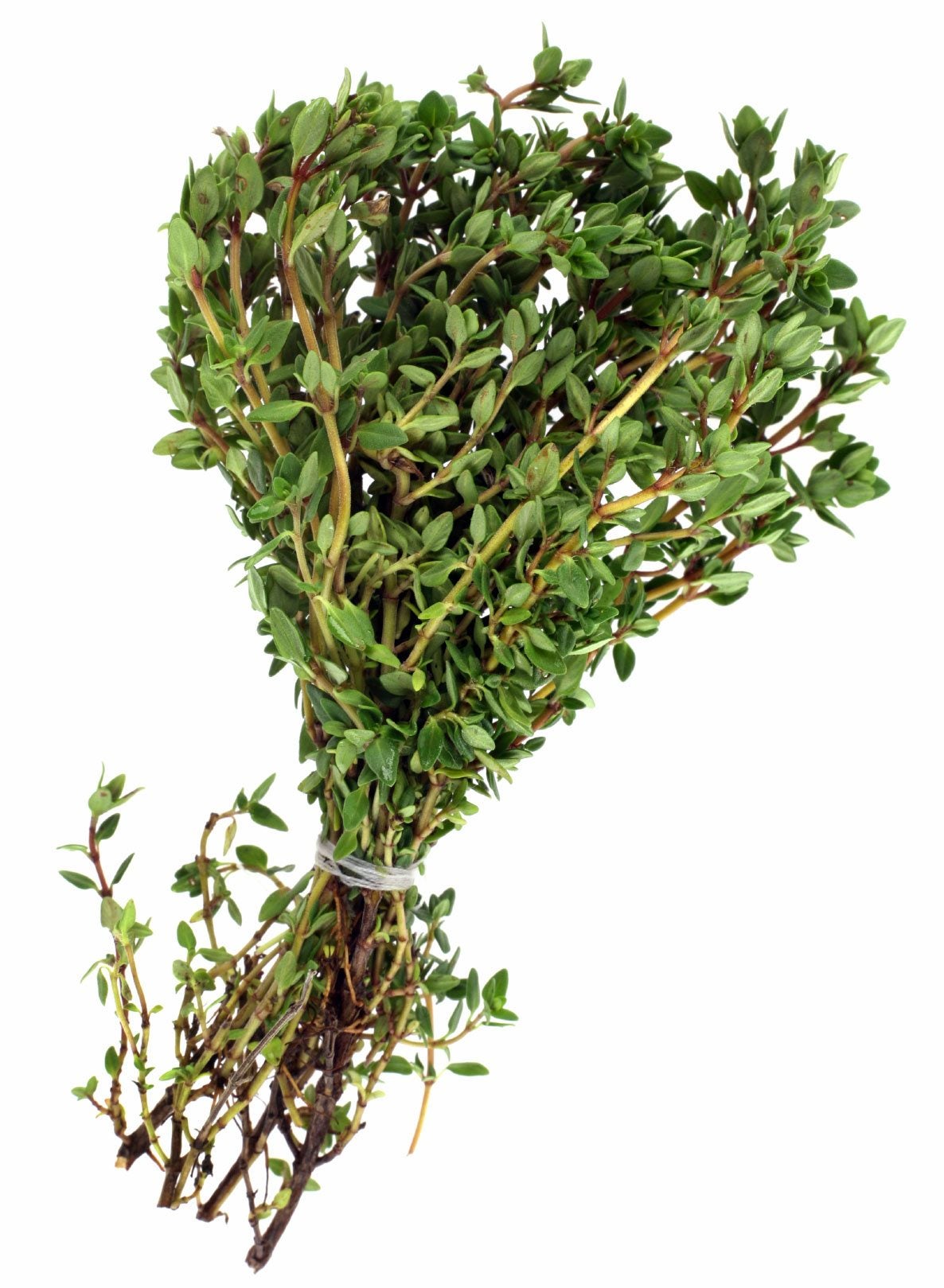 Storing Thyme - Drying Fresh Thyme After Harvesting
Storing Thyme - Drying Fresh Thyme After HarvestingThyme is one of the most versatile herbs, with various cultivars and flavors. Knowing how to dry thyme can help you preserve the delightful scent and flavor of this herb for easy home use. Click here for more.
-
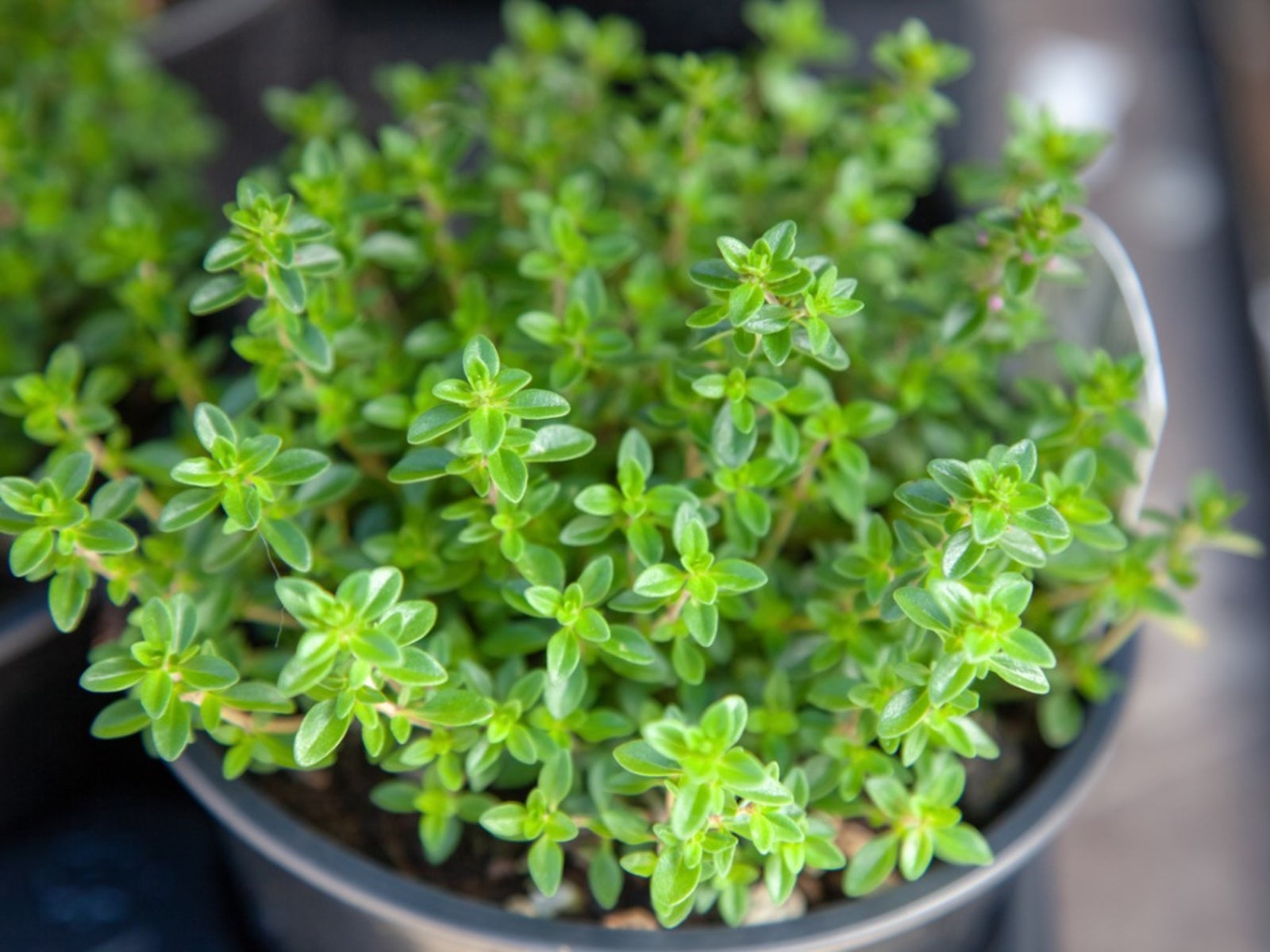 Growing Thyme Indoors: How To Grow Thyme Indoors
Growing Thyme Indoors: How To Grow Thyme IndoorsWhat could be better than having the scents and flavors near to hand in the kitchen? Thyme is a useful herb that can be used in a variety of ways. Growing thyme indoors is easy, and this article will help.
-
 Tips For Pruning Thyme Plants For Best Growth
Tips For Pruning Thyme Plants For Best GrowthThyme plants do best when they are pruned regularly. Taking the time to trim thyme, not only creates a nicer looking plant, but also helps improve the amount you can harvest from the plant. Learn more here.